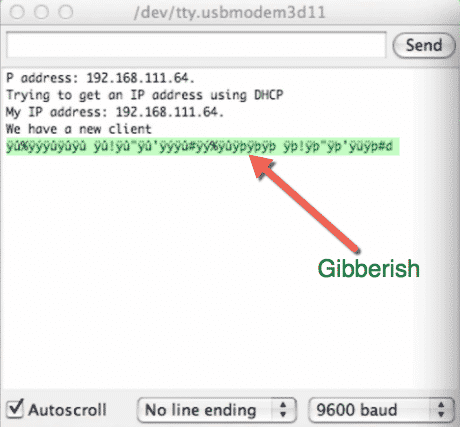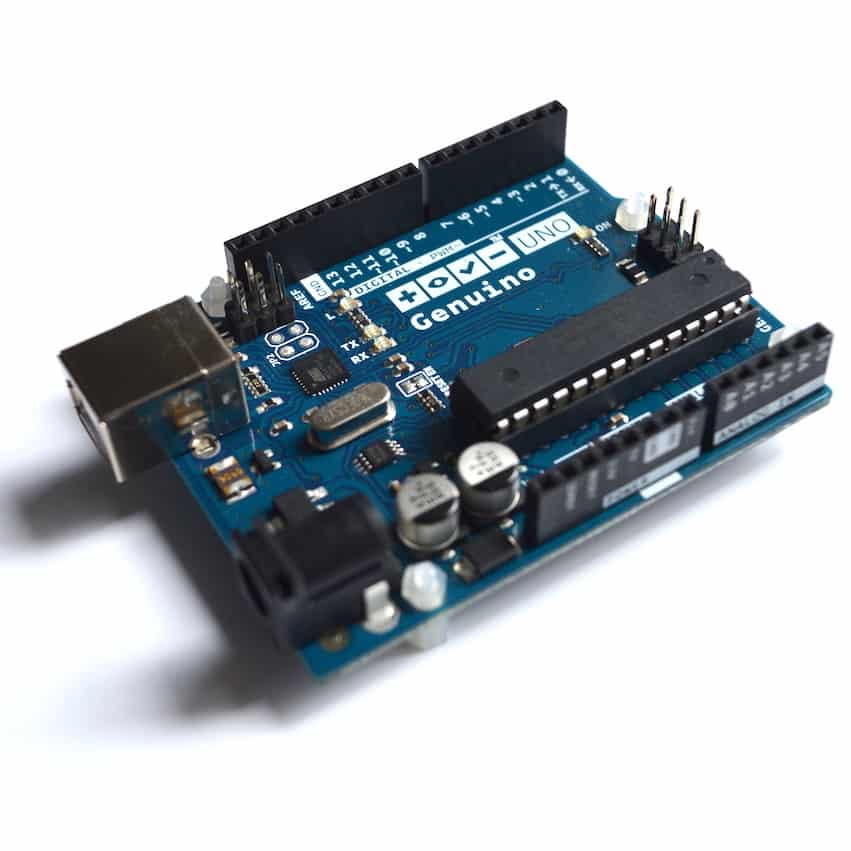Arduino programming guide series
What is the gibberish in your Telnet output?
When the Serial object in your sketch and the Arduino IDE serial monitor are set to the same speed, you would expect that clear, readable text would appear on your screen.
Sometimes it doesn't. What's going on? is it a glitch? what can explain the gibberish that appears?

Last Updated 1 year ago.
We publish fresh content each week. Read how-to's on Arduino, ESP32, KiCad, Node-RED, drones and more. Listen to interviews. Learn about new tech with our comprehensive reviews. Get discount offers for our courses and books. Interact with our community. One email per week, no spam; unsubscribe at any time

